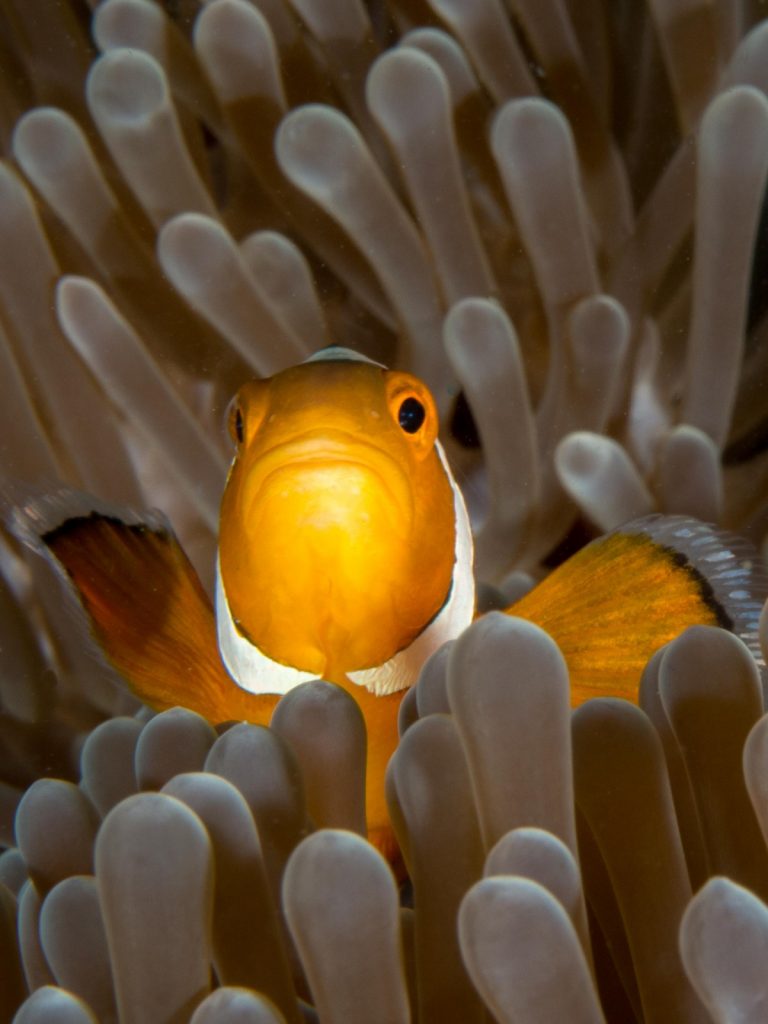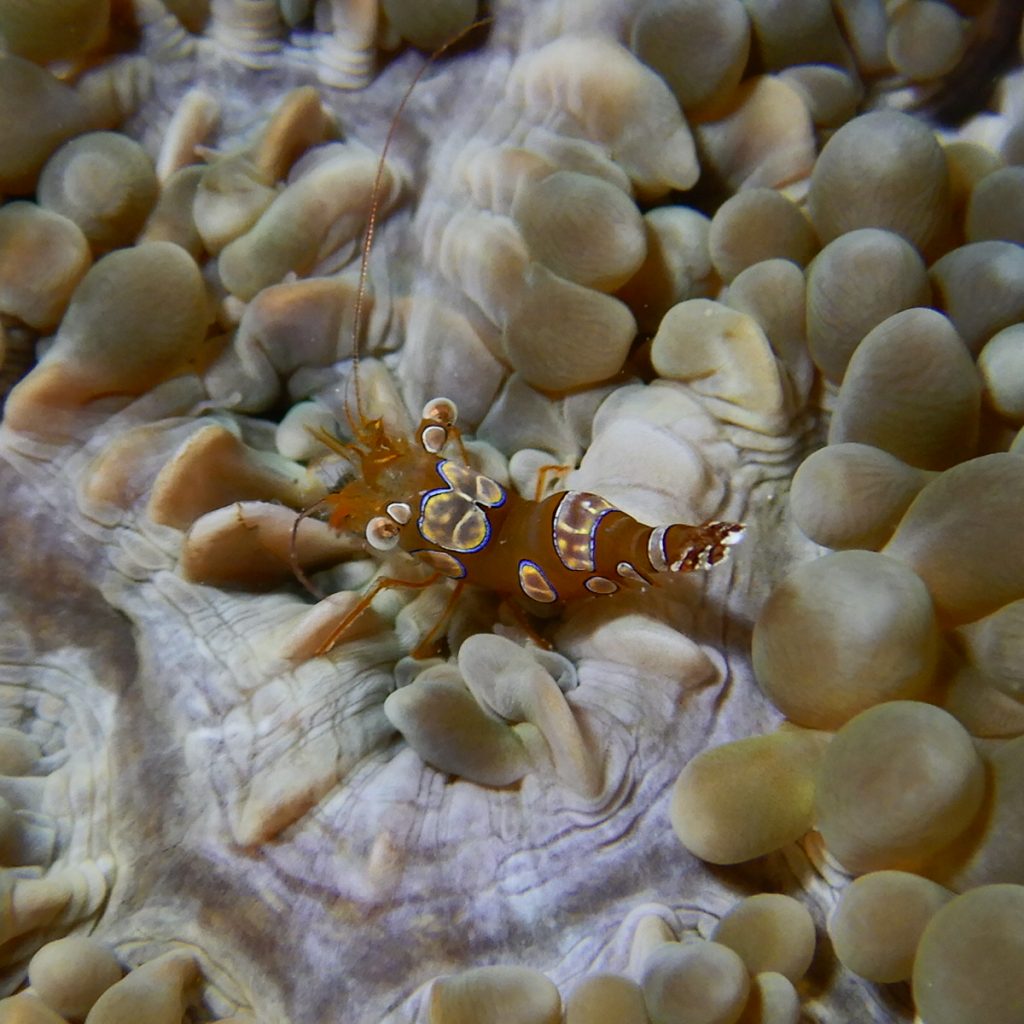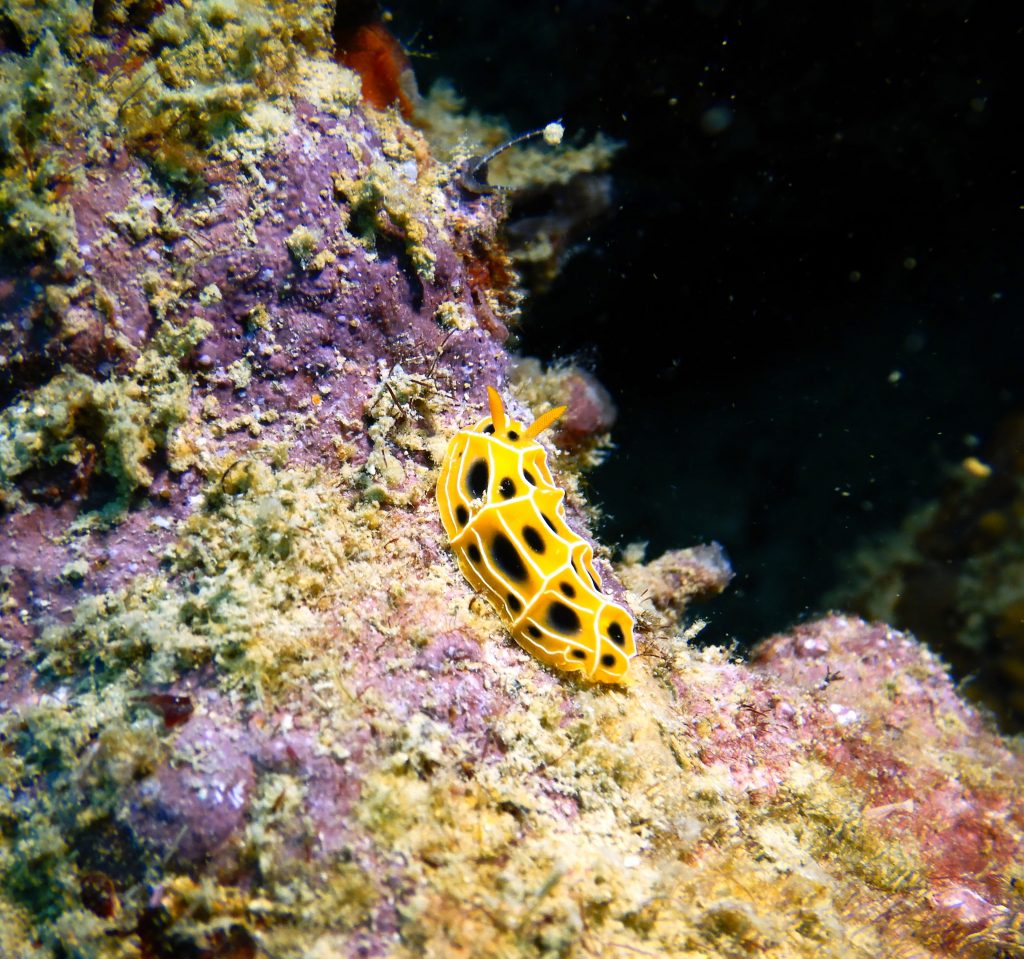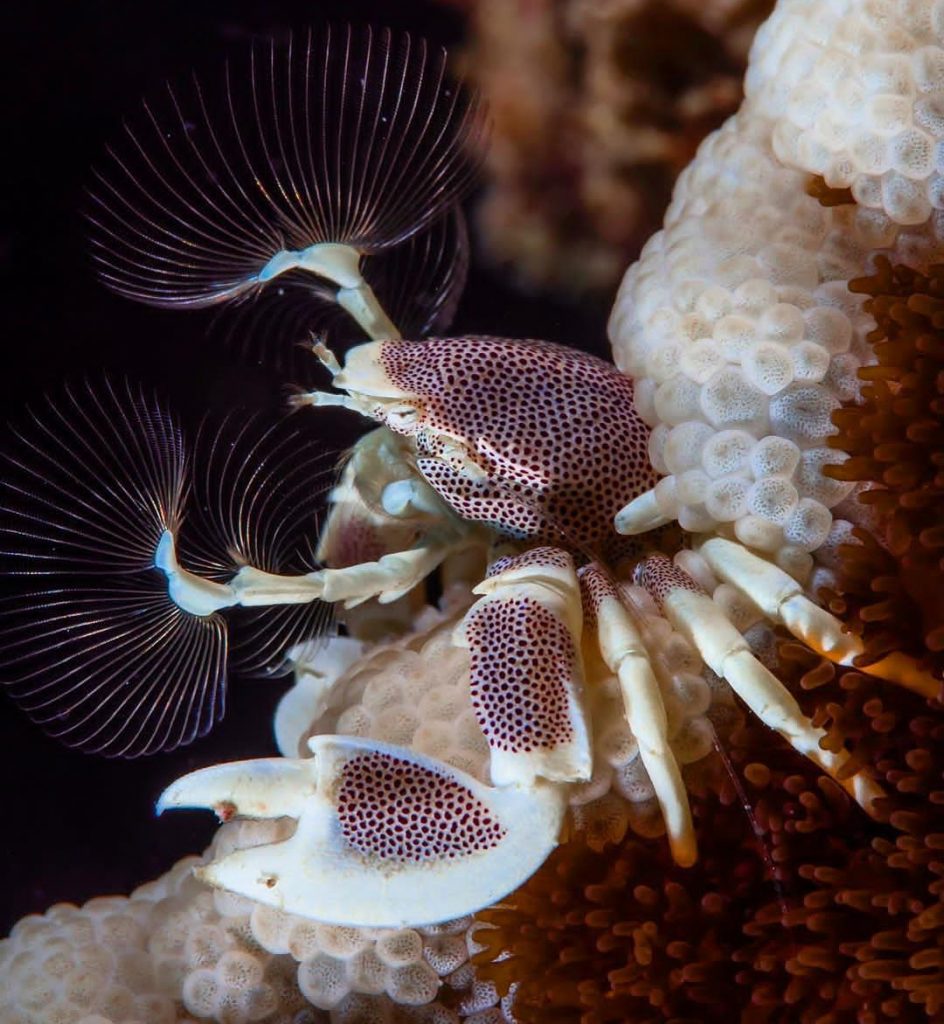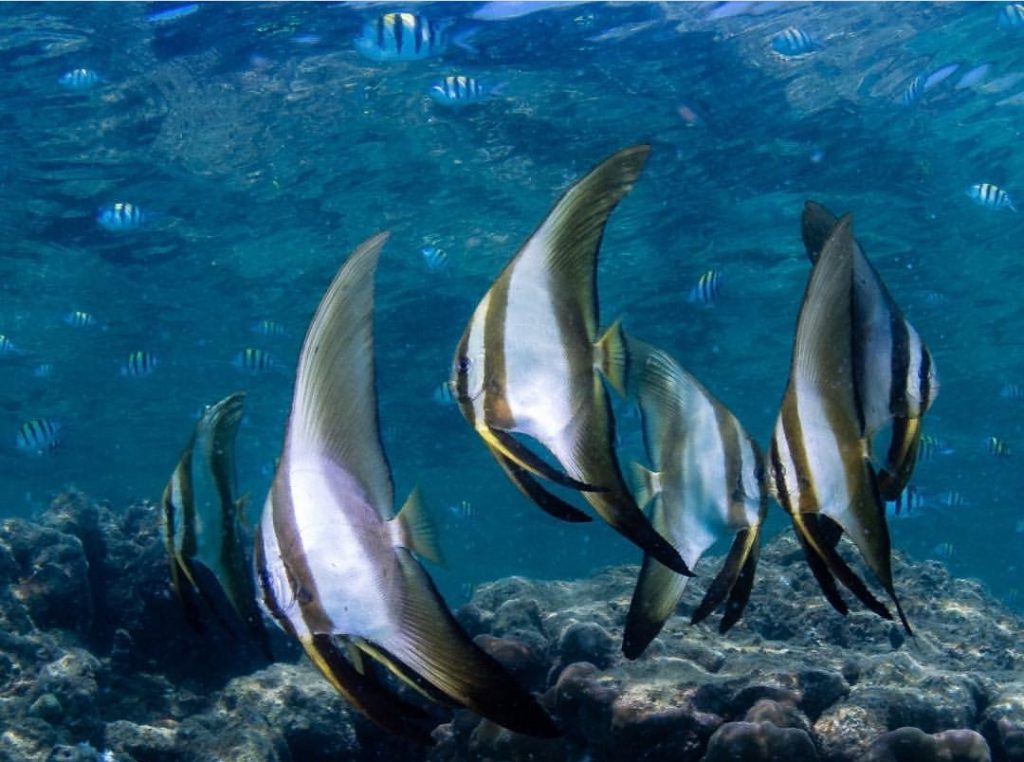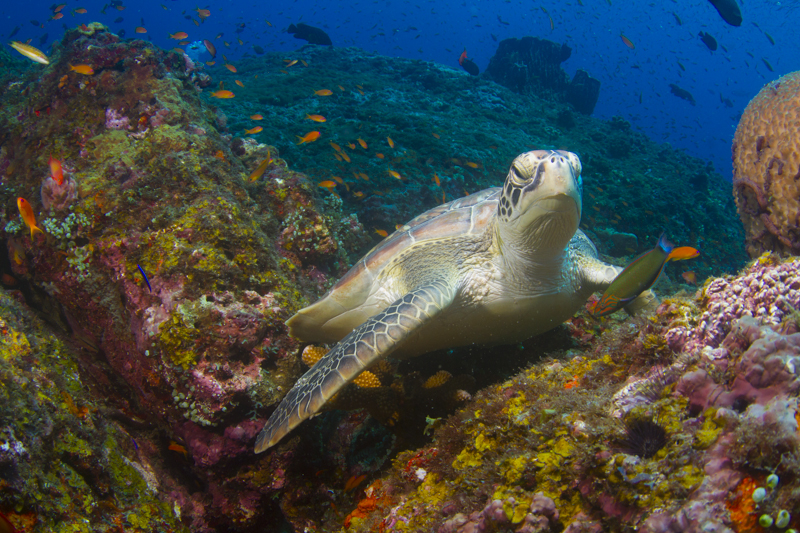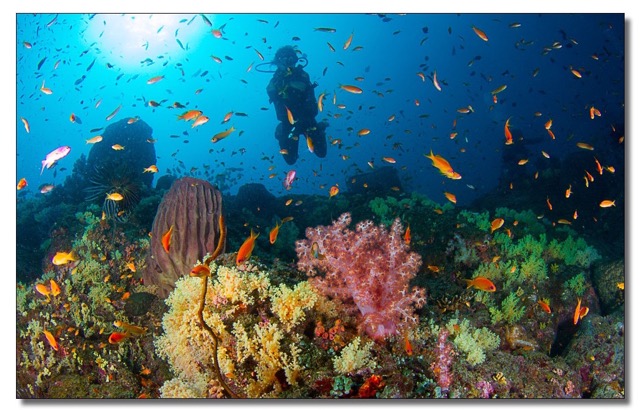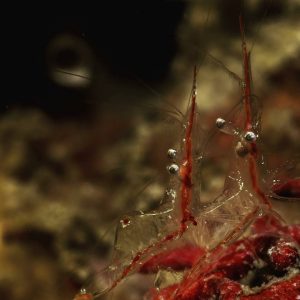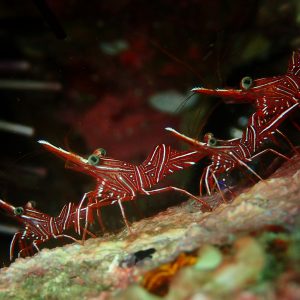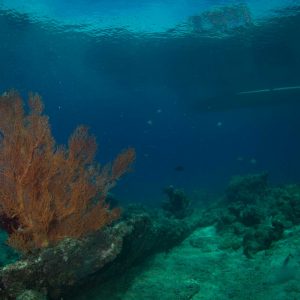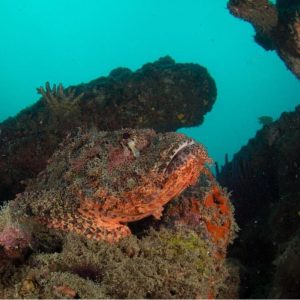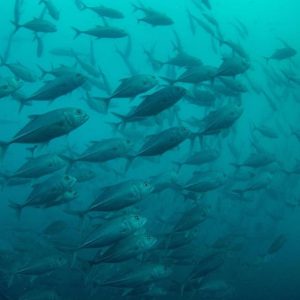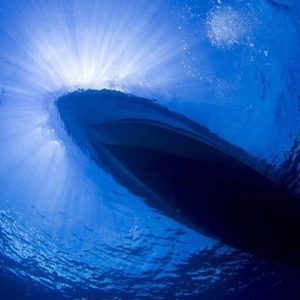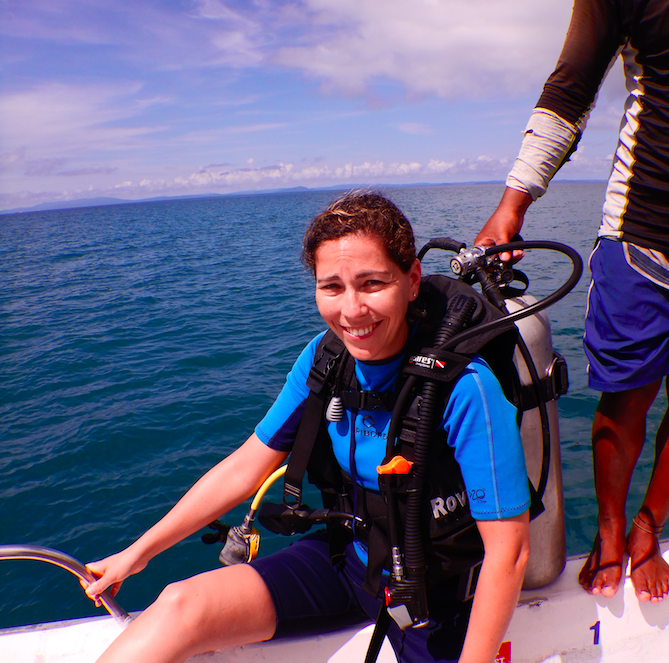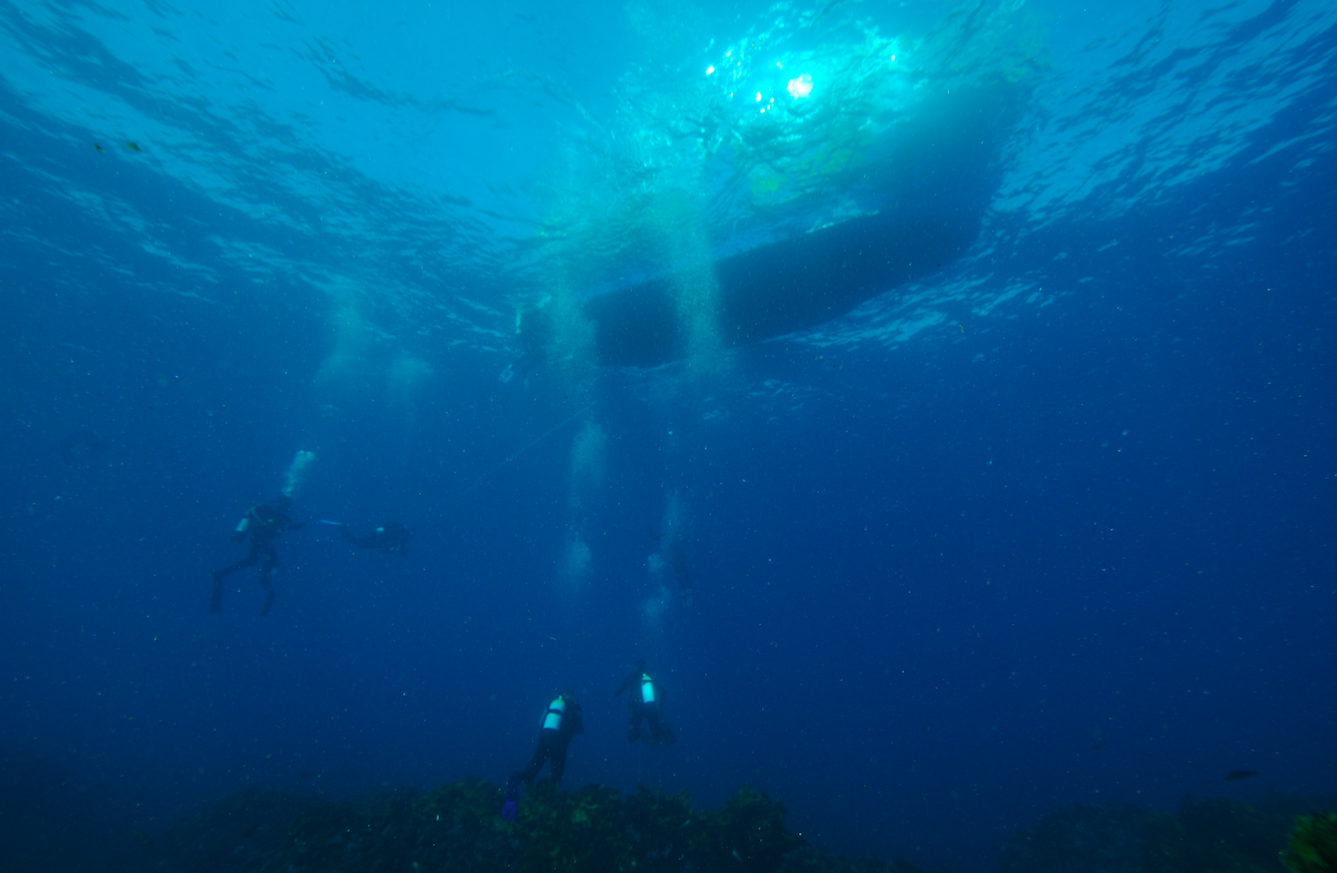Scuba diving in Neil – All you need to know in 2023
Why should you Scuba Dive in Neil Island?
Beyond the clutters of modern cities lies a tiny abode for peace, serenity, and tranquility deep within the lap of the pristine oceans – The Neil Island (Shaheed Dweep).
Located in the south of Andaman and Nicobar Islands, this tiny utopia is unique and untouched with massive coral reefs, sparkling sandy-rocky beaches, lush green forests, stunning marine life, and a soothing tropical climate. This tiny island is a concise dose of nature that fits in with a circumference of 10-13km, and it’s just a 2.5-hour ferry ride away from Port Blair.
Hold on!
It’s different from Goa, Hawaii, or Maldives.
It’s different.
Neil Islands is remarkably diverse and distinct from the Populus island destinations of the world because of the lesser crowd and calming silence, and it’s still uninfluenced by tourists. Yes, it’s a cut above the rest when it comes to peace and nature. Speaking of vibes, Neil offers the best of both adventure and comfort. If you just want to lean back on a handmade wooden chair, sip some fresh coconut water and watch the simmering sunset in high definition or venture into thrilling water sports like snorkeling and scuba diving, this is the perfect spot for you.
Now, if you are an underwater enthusiast and love to dive,
Here are the top 5 reasons why you should dive in Neil Island –
1. Clear blue waters –
As soon as you land at Neil, you can notice a spectrum of blue shades surrounding the entire island. Be it Bharatpur, Sitapur, or even Laxmanpur beach, the lively blues are a constant you can never miss. The topography around the island has lower sedimentation runoff. Because of this natural phenomenon, the vibrant blues are untainted by the blacks and browns of the sand.
2. Unexplored coral reefs –
The vast and massive coral reefs of Neil Island are still unexplored by the masses. It’s fresh, dynamic, and unaffected by population and pollution. As soon as you take a dive and observe them from a distance, you can see the patterns, textures, and picturesque forms they come in. Overall, it’s an art and part of the island’s ecosystem. They live in unison with the aquatic fishes providing them shelter, fodder, and protection. The antique coral reefs extend for several kilometers from the coastal lines to the depths of the oceans with cinematic sceneries and vibrant colors.
3. Marine life –
Expert divers, researchers, and aqua lovers from around the world visit Neil Island for its diverse and dense marine life. The iconic waters of Neil give us several opportunities to witness rare flora and fauna underwater. To name a few, do not miss the sight of a school of snappers, the flight of a gliding marble ray, unicorn fish piercing through the current, the graceful dance of the turtles, and the goofy movements of the goat fishes. If you are lucky, you can witness the gentle giant in action – Dugong. To sum it up, it has a plethora of options to explore.
4. Less crowd –
Imagine a dive where you are alone with your group and have the entire dive site just for you. This diver’s dream can happen only in the waters of Neil Island. There are just a few boats on the shore and fewer people on the dive sites. What else does a diver need? With a mix of deep and shallow waters, Neil Island is an ideal option for advanced divers to learn and hone their skills.
5. A partial offline life –
A video call or maybe a YouTube video in low res is easy in Neil. But if you think of streaming an OTT platform, it’s a big no. The network on Neil Island is not as strong as the mainland’s network. This gives you the luxury of time to finish that favorite book, take a long walk along the sunset, ponder upon valuable memories or make some new memories on the beach. It’s a place just to chill, relax and let the ocean breeze take away all your stress.
Suppose Havelock Island is the heart of Scuba Diving in India. The Neil Island is for your mind’s space. It provides a calm, composed, rich, and less crowded diving environment. You get extra focus and attention for extra fun.
PS – A soul-string experience awaits you at Neil Island.





